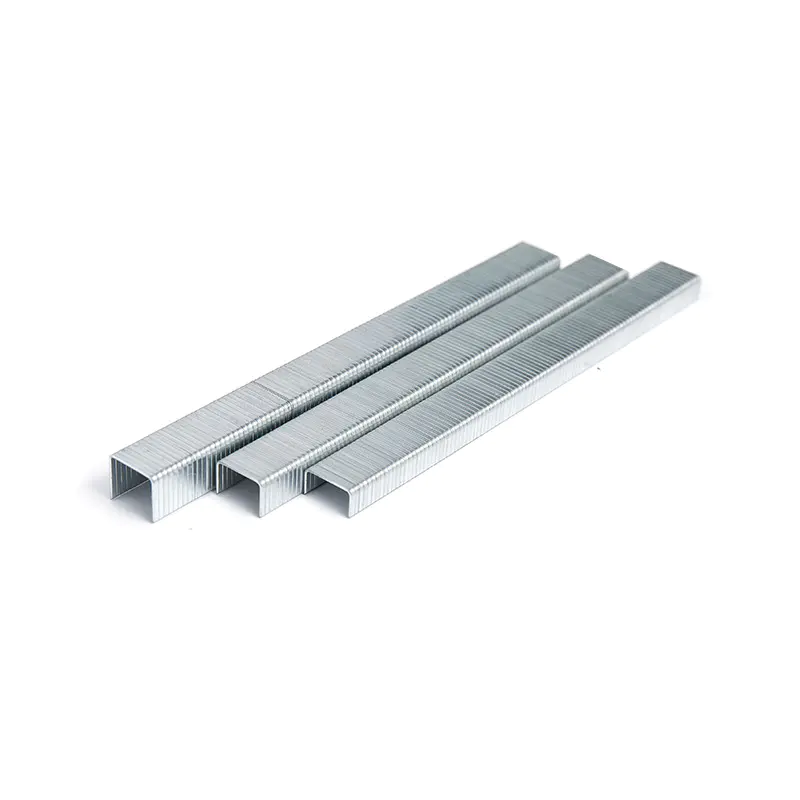In the ever-evolving world of manufacturing, where sustainability and innovation go hand in hand, thin line staples have emerged as a game-changer in the furniture and textile industries. These precision-engineered fasteners, crafted from high-quality galvanized steel, are reshaping the way products are assembled and enhancing their durability without compromising on eco-friendliness.
Recent advancements in thin line staple technology have led to the development of a diverse range of products, including the popular 4-series and 10-series staples, alongside specialized U-shaped staples from the 71-series and 80-series. These staples are designed to offer superior holding power while maintaining a sleek, low-profile appearance, making them ideal for a wide array of applications.
As the global focus shifts towards more environmentally conscious practices, thin line staples are gaining traction due to their contribution to a circular economy. Their durable construction ensures that furniture and textile products last longer, reducing waste generation and the need for frequent replacements. Furthermore, the use of galvanized steel in their production enhances corrosion resistance, further extending their lifespan and minimizing the environmental footprint.
In the furniture industry, thin line staples have transformed the way pieces are joined together. Their ability to provide a strong, yet almost invisible, connection between materials has allowed designers to create sleek, modern designs without compromising on structural integrity. This innovation has opened up new avenues for creativity and customization, driving demand for furniture that not only looks good but also aligns with sustainable living principles.
The textile industry has also embraced thin line staples as a means of enhancing product durability without detracting from aesthetics. These staples are used to reinforce seams and hems, ensuring that garments and home textiles withstand daily wear and tear while maintaining a seamless appearance. Their lightweight and flexible nature make them an ideal choice for a wide range of fabrics, from delicate silks to heavy-duty canvases.
The adoption of thin line staples aligns perfectly with the ongoing Industry revolution, which emphasizes automation, digitization, and interconnectivity in manufacturing processes. Automated stapling machines equipped with precision sensors and robotics can now efficiently apply these staples with unmatched accuracy and speed, streamlining production lines and boosting overall efficiency.
As the demand for sustainable and high-quality products continues to grow, the thin line staple industry faces both opportunities and challenges. On one hand, manufacturers must continually innovate to develop new staples that meet evolving market demands, such as those requiring enhanced flexibility or resistance to specific environmental factors. On the other hand, ensuring the responsible sourcing of raw materials and implementing sustainable production practices will be crucial to maintaining consumer trust and fostering long-term growth.
In conclusion, thin line staples are poised to play a pivotal role in shaping the future of furniture and textile manufacturing. Their unique combination of strength, versatility, and eco-friendliness makes them an invaluable asset for businesses looking to stay ahead of the curve in today's competitive and increasingly sustainable marketplace.










